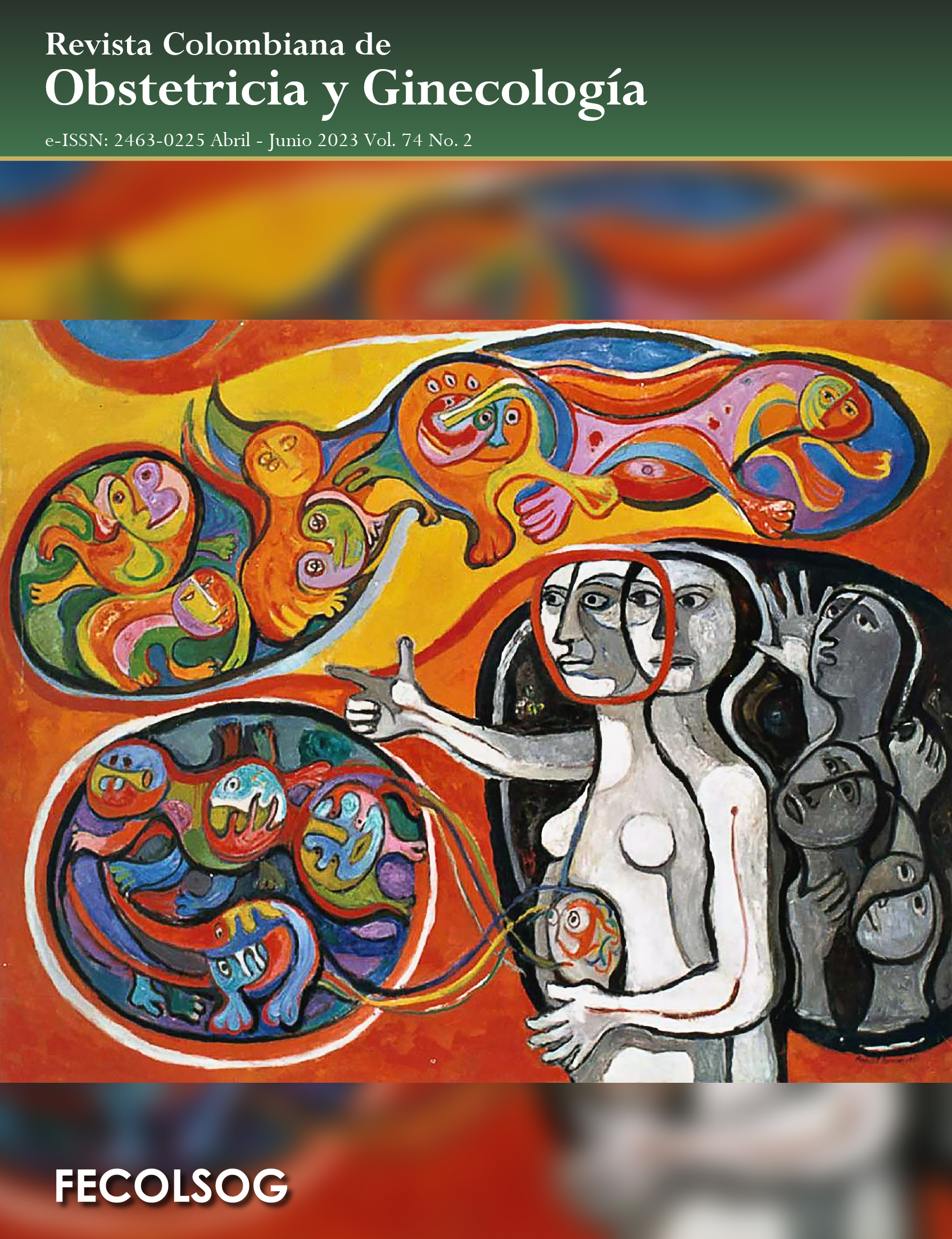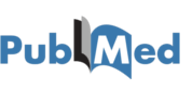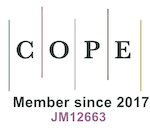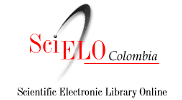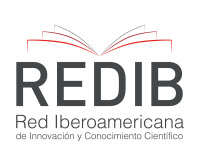Las pirámides de la educación médica: una síntesis sobre su conceptualización y utilidad
DOI:
https://doi.org/10.18597/rcog.3994Palabras clave:
educación médica, enseñanza, aprendizaje, evaluación, currículoResumen
Objetivos: examinar los aspectos conceptuales que sustentan las pirámides educativas, sus limitaciones, las modificaciones que se han propuesto en algunas de ellas y hacer una descripción de su utilidad.
Materiales y métodos: a partir de la selección de las pirámides con base en que el diseño gráfico hubiera sido parte de su conceptualización original, y de la descripción conceptual, se hace una reflexión de las críticas que han sido objeto y las modificaciones resultado de estas observaciones y del uso que se ha dado a las pirámides más comúnmente utilizadas en la educación médica.
Resultados: se incluyeron cinco pirámides: George Miller, Edgar Dale, Donald Kirkpatrick, Benjamín Bloom, y Abraham Maslow. Las pirámides describen diferentes aspectos de la evaluación en la educación médica, ya sea en los individuos o en los programas, tales como: competencias, identidad, confiabilidad, aprendizaje, comportamiento, resultado, complejidad cognitiva y realización personal.
Conclusiones: las pirámides revisadas han contribuido, como referentes teóricos, para el soporte de procesos educativos en las profesiones de la salud. Su utilidad práctica es extensiva a diferentes especialidades y niveles de educación por cuanto pueden asistir a los profesores para optimizar los procesos de diseño curricular, instruccional y de evaluación. Es importante evaluar, en el medio local, los efectos en los programas de ciencias de la salud que se han basado en estos referentes teóricos.
Biografía del autor/a
Luis Carlos Domínguez-Torres, Universidad de La Sabana, Chía (Colombia).
Departamento de Cirugía, Universidad de La Sabana, Chía (Colombia).
Neil Valentín Vega-Peña, Universidad de La Sabana, Chía (Colombia).
Departamento de Cirugía, Universidad de La Sabana, Chía (Colombia).
Referencias bibliográficas
Dzara K, Gooding H. A guide to educational pyramids commonly used in medical education programs. Acad Med. 2022;97(2):313. https://doi.org/10.1097/ACM.0000000000003816
Hale AJ, Ricotta DN, Freed J, Smith CC, Huang GC. Adapting Maslow’s hierarchy of needs as a framework for resident wellness. Teach Learn Med. 2019;31(1):109-18. https://doi.org/10.1080/10401334.2018.1456928
Goel S, Angeli F, Dhirar N, Singla N, Ruwaard D. What motivates medical students to select medical studies: A systematic literature review. BMC Med Educ. 2018;18(1). https://doi.org/10.1186/s12909-018-1123-4
Masters K. Edgar Dale’s Pyramid of Learning in medical education: A literature review. Med Teach. 2013;35(11). https://doi.org/10.3109/0142159X.2013.800636
Miller GE. The assessment of clinical skills/competence/performance. Acad Med. 1990;65(9):S63-S67. https://doi.org/10.1097/00001888-199009000-00045
Cruess RL, Cruess SR, Steinert Y. Amending Miller’s Pyramid to include professional identity formation. Acad Med. 2016;91(2):180-5. https://doi.org/10.1097/ACM.0000000000000913
Cate OT, Carraccio C, Damodaran A, Gofton W, Hamstra S, Hart D, et al. Entrustment decision making: Extending Miller’s Pyramid. Acad Med. 2021;96(2):199-204. https://doi.org/10.1097/ACM.0000000000003800
López MJ, Melo de Andrade MV, Domínguez LC, Durán VD, Durante E, Francischetti I, et al. Conceptual foundations of Entrustable professional activities for health professional education in Latin America. Educ Medica. 2022;23(1):100714. https://doi.org/10.1016/j.edumed.2022.100714
Kirkpatrick DL. The four levels of evaluation. In: Evaluating Corporate Training: Models and Issues. Springer, Dordrecht; 1998. Pp. 95-112. https://doi.org/10.1007/978-94-011-4850-4_5
Porter RD, Schick IC. Revisiting Bloom’s taxonomy for ethics and other educational domains [Internet]. J Health Adm Educ. 2003;20(3):167-88. Disponible en: https://pubmed.ncbi.nlm.nih.gov/14527101/
Phillips AW, Smith SG, Straus CM. Driving deeper learning by assessment. An Adaptation of the Revised Bloom’s Taxonomy for Medical Imaging in Gross Anatomy. Acad Radiol. 2013;20(6):784-9. https://doi.org/10.1016/j.acra.2013.02.001
van der Vleuten CPM, Driessen EW. What would happen to education if we take education evidence seriously? Perspect Med Educ. 2014;3(3):222-32. https://doi.org/10.1007/S40037-014-0129-9
Dreyfus SE. The five-stage model of adult skill acquisition. Bull Sci Technol Soc. 2004;24(3):177-81. https://doi.org/10.1177/0270467604264992
Bandura A. Self-Efficacy: The Exercise of Control. New York: W.H. Freeman and Company; 1997.
Norcini JJ, Blank LL, Arnold GK, Kimball HR. The mini-CEX (clinical evaluation exercise): A preliminary investigation. Ann Intern Med. 1995;123(10):795-9. https://doi.org/10.7326/0003-4819-123-10-199511150-00008
Schuwirth LWT, van der Vleuten CPM. Programmatic assessment: From assessment of learning to assessment for learning. Med Teach. 2011;33(6):478-85. https://doi.org/10.3109/0142159X.2011.565828
Frank JR, Snell LS, Cate OT, Holmboe ES, Carraccio C, Swing RC, et al. Competency-based medical education: Theory to practice. Med Teach. 2010;32(8):638-45. https://doi.org/10.3109/0142159X.2010.501190
Al-Eraky M, Marei H. A fresh look at Miller’s pyramid: Assessment at the ‘Is’ and ‘Do’ levels. Med Educ. 2016;50(12):1253-7. https://doi.org/10.1111/medu.13101
Lave J, Wenger E. Situated Learning: Legitimate Peripheral Participation (Learning in Doing: Social, Cognitive and Computational Perspectives). UK: Cambridge University Press; 1991. https://doi.org/10.1017/CBO9780511815355
Masters K. Edgar Dale’s Pyramid of Learning in medical education: Further expansion of the myth. Med Educ. 2020;54(1):22-32. https://doi.org/10.1111/medu.13813
Zhang Q, Li M, Wang X, Ofori E. Dr. Edgar Dale. TechTrends. 2019;63(3):240-2. https://doi.org/10.1007/s11528-019-00395-1
Dale E. Waste in Education. Superv Q. 1969;4(2):18-22. https://doi.org/10.1080/08878736909490632
Frye AW, Hemmer PA. Program evaluation models and related theories: AMEE Guide No. 67. Med Teach. 2012;34(5). https://doi.org/10.3109/0142159X.2012.668637
Adams J, Neville S. Program evaluation for health professionals: What it is, what it isn’t and how to do it. Int J Qual Methods. 2020;19. https://doi.org/10.1177/1609406920964345
Stufflebeam DL. Foundational Models for 21st Century Program Evaluation. In: Evaluation Models; 2005. Pp. 33-83. https://doi.org/10.1007/0-306-47559-6_3
Kirkpatrick D, Kirkpatrick J. Evaluating Training Programs: The Four Levels. San Francisco: Berrett-Koehler Publishers; 2006.
Praslova L. Adaptation of Kirkpatrick’s four level model of training criteria to assessment of learning outcomes and program evaluation in Higher Education. Educ Assessment, Eval Account. 2010;22(3):215-25. https://doi.org/10.1007/s11092-010-9098-7
Lee GSJ, Chin YH, Jiang AA, Nistala KRY, Iyer SG, Lee SS, et al. Teaching medical research to medical students: A systematic review. Med Sci Educ. 2021;31(2):945-62. https://doi.org/10.1007/s40670-020-01183-w
Choy CL, Liaw SY, Goh EL, See KC, Chua WL. Impact of sepsis education for healthcare professionals and students on learning and patient outcomes: A systematic review. J Hosp Infect. 2022;122:84-95. https://doi.org/10.1016/j.jhin.2022.01.004
Leslie K, Baker L, Egan-Lee E, Esdaile M, Reeves S. Advancing faculty development in medical education: A systematic review. Acad Med. 2013;88(7):1038-45. https://doi.org/10.1097/ACM.0b013e318294fd29
Khanduja PK, Bould MD, Naik VN, Hladkowicz E, Boet S. The role of simulation in continuing medical education for acute care physicians: A systematic review. Crit Care Med. 2015;43(1):186-93. https://doi.org/10.1097/CCM.0000000000000672
Hill AG, Yu TC, Barrow M, Hattie J. A systematic review of resident-as-teacher programmes. Med Educ. 2009;43(12):1129-40. https://doi.org/10.1111/j.1365-2923.2009.03523.x
Gordon M, Patricio M, Horne L, Muston A, Alston SR, Pammi M, et al. Developments in medical education in response to the COVID-19 pandemic: A rapid BEME systematic review: BEME Guide No. 63. Med Teach. 2020;42(11):1202-15. https://doi.org/10.1080/0142159X.2020.1807484
Eisner EW. Benjamin Bloom. Prospects. 2000;30(3):387-95. https://doi.org/10.1007/BF02754061
Bloom B. Taxonomy of educational objectives: The Classification of Educational Goals. New York: David McKay Company; 1956.
Anderson L, Krathwohl D. A Taxonomy for Learning, Teaching, and Assessing: A Revision of Bloom’s Taxonomy of Educational Objectives (Longman, ed.). New York; 2001.
Krathwohl DR. A revision of bloom’s taxonomy: An overview. Theory Pract. 2002;41(4):212-8. https://doi.org/10.1207/s15430421tip4104_2
Domínguez LC, Mora CM, Restrepo JA. “Learning to Learn” in the extended inverted classroom: An evaluation of the effects of interactive teaching on knowledge and cognitive regulation in medical students. Rev Colomb Psiquiatr. 2021. https://doi.org/10.1016/j.rcp.2021.07.007
Maslow A. A Theory of Human Motivation. US: Martino Fine Books; 2013.
Connell Pavelka L. Maslow’s hierarchy of needs. Encycl Child Behav Dev. 2011:913-5. https://doi.org/10.1007/978-0-387-79061-9_1720
Allsop S, McKinley RK, Douglass C, Pope L, Macdougall C. Every doctor an educator? Med Teach. 2023:1-6. https://doi.org/10.1080/0142159X.2022.2158069
Cómo citar
Descargas
Agencias de apoyo:
Facultad de Medicina, Universidad de La Sabana, Chía (Colombia).Publicado
Número
Sección
Licencia

Esta obra está bajo una licencia internacional Creative Commons Atribución-NoComercial-SinDerivadas 4.0.
Datos de los fondos
| Estadísticas de artículo | |
|---|---|
| Vistas de resúmenes | |
| Vistas de PDF | |
| Descargas de PDF | |
| Vistas de HTML | |
| Otras vistas | |

